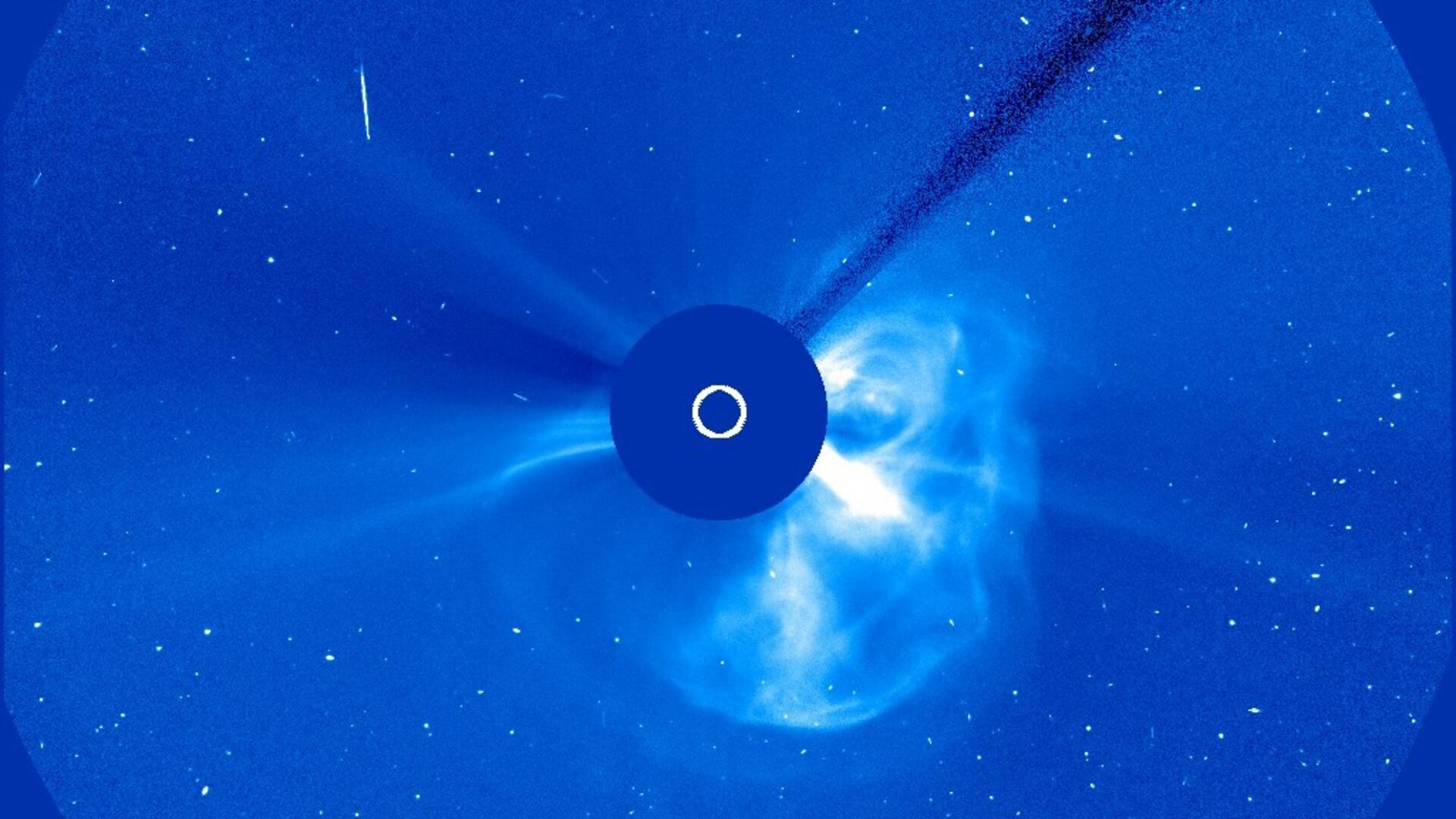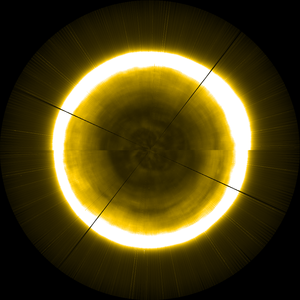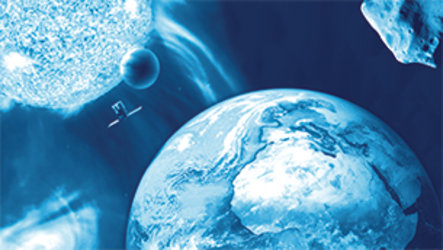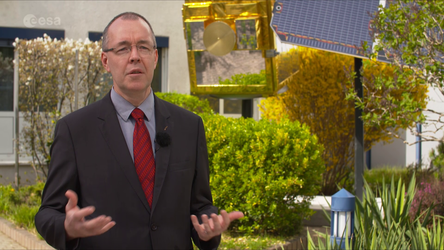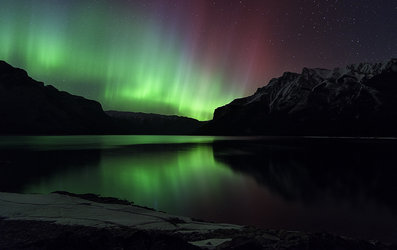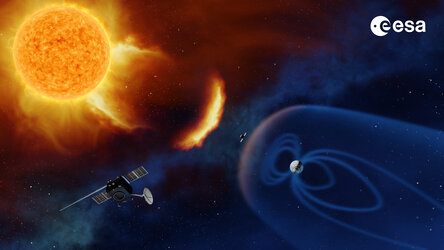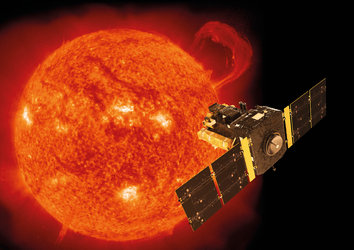This week we're under the space weather
This week, space weather experts are coming together in Liège, Belgium, for the main annual event in their calendar, European Space Weather Week.


Access the video
Life next to a raging star is full of uncertainty and poses a threat to the technologies on which we are becoming increasingly dependent.
For this reason, scientists, engineers, satellite operators, power grid technicians, communication and navigation specialists, people working in aviation and more, are now meeting to discuss solar activity, its influence on Earth, and what we can do about it.
Life next to a raging star
Our Sun dominates the entire Solar System. Unpredictable and temperamental, it has made life on the inner planets impossible due to intense radiation and colossal amounts of energetic material that it blasts in every direction. These constant emissions create the ever-changing conditions in space known as ‘space weather’.

So how did life come to thrive on Earth? Our magnetic field protects us from the solar wind — the constant stream of electrons, protons and heavier ions from the Sun — and from Coronal Mass Ejections (CMEs), the Sun’s occasional outbursts of billion-tonne clouds of solar plasma into space.
The most extreme events, arrivals of fast CMEs or high-speed solar-wind streams, disturb our protective magnetic shield, creating geomagnetic storms at Earth.
Modernity is more fragile than it seems

These storms have the potential to cause serious problems for modern technological systems, disrupting or damaging satellites in space and the multitude of services — like navigation and telecoms — that rely on them, blacking out power grids and radio communication and creating a radiation hazard for astronauts in space, even serving potentially harmful doses of radiation to astronauts on future missions to the Moon or Mars.
While these events can’t be stopped, advance warning of an oncoming solar storm would give operators of satellites, power grids and telecommunication systems time to take protective measures.
ESA to provide solar warning
ESA is planning a unique mission that will do just this. The Lagrange mission will make much-needed observations of the Sun, gathering the data needed to provide such advance warnings.


Access the video
Watching the Sun from the fifth Lagrange point – a special position in space in which the gravitational forces of the Sun and Earth balance out – the satellite will monitor potentially hazardous sunspots and high-speed solar wind streams before they come into view from Earth.
It will detect solar events and their propagation toward the Earth with higher accuracy than is possible today, transmitting data to Earth and distributing it into ESA’s Space Weather Service Network in near real-time, to generate warnings and forecasts.
As much of modern human society becomes ever more reliant on space-based services, vulnerable to the Sun’s outbursts, protective measures against space weather are becoming increasingly important.
Space19+


Access the video
This month, at ESA's 2019 Ministerial Council, space weather and early warning services will be a main topic presented as part of the Agency's vision for the future in the emerging field of space safety and security.
This week, ESA will highlight the unique phenomenon of space weather, from the science behind it and how we study it, to its effect on satellites in space and ESA’s plans for the future. Check the Soundcloud for two podcasts on the subject, including an exploration of the Carrington event of 1859, and how a solar storm would affect us today.
As always, follow @ESAoperations on Twitter for all the lastest on Space Safety and European spacecraft operations.














 Germany
Germany
 Austria
Austria
 Belgium
Belgium
 Denmark
Denmark
 Spain
Spain
 Estonia
Estonia
 Finland
Finland
 France
France
 Greece
Greece
 Hungary
Hungary
 Ireland
Ireland
 Italy
Italy
 Luxembourg
Luxembourg
 Norway
Norway
 The Netherlands
The Netherlands
 Poland
Poland
 Portugal
Portugal
 Czechia
Czechia
 Romania
Romania
 United Kingdom
United Kingdom
 Slovenia
Slovenia
 Sweden
Sweden
 Switzerland
Switzerland

























